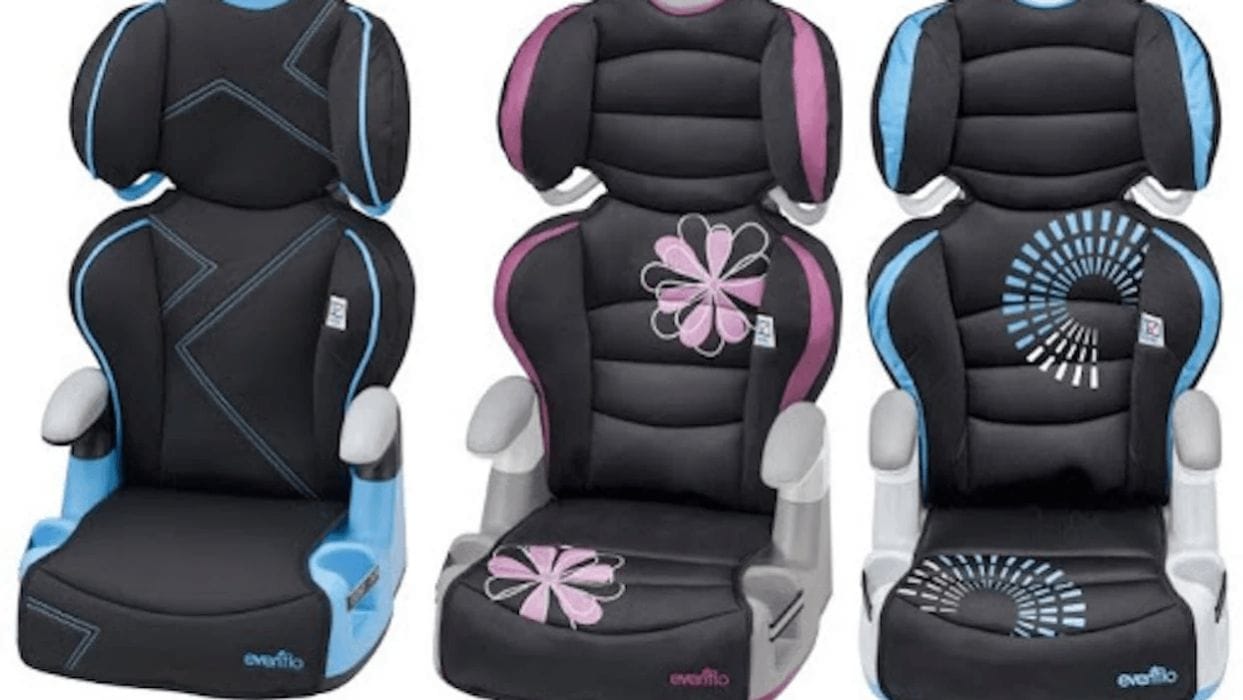Evenflo’s booster seats could be dangerous for kids under 40 lbs, says new report

Evenflo
ProPublica recently released an investigation into Evenflo's "Big Kid" booster seats.
As consumers, we expect that products (especially safety products) for infants and children will meet safety standards and be rigorously tested, but as Consumer Reports’ investigation of the Rock n’ Play taught us, parents’ expectations are not always met by the industry.
This week another news organization, ProPublica, released an investigation into Evenflo’s “Big Kid” booster seats. It found that while the seats are marketed for children weighing 30 pounds or more, children that small are not protected in side-impact collisions.
ProPublica obtained video of crash-testing which shows exactly why the American Academy of Pediatrics does not recommend booster seats for children under 40 pounds (the AAP says parents should keep kids in harnessed car seats as long as possible, instead.)
According to ProPublica’s extensive reporting, an engineer at Evenflo raised the alarm on this issue back in 2012, alerting the company to the AAP’s recommendations and recommending the company stop marketing the booster seats for children under 40 pounds.
Due to a lack of federal regulations regarding side-impact tests for booster seats, companies set their own requirements for what constitutes a “pass” during side-impact crash tests of booster seats. Some safety advocates say that’s just not okay.
Grace Brombach is the Consumer Watchdog associate for the U.S. Public Interest Research Group Education Fund. She says it’s time to stop expecting manufacturers to be the gate-keepers of safety and is calling for more regulations for children’s products.
“When it comes to their children, parents expect the strongest possible safety standards across the board. Federal safety regulators have had nearly 20 years to implement testing standards for car seats that protect kids from side-impact collisions. It’s clear, based on this new investigation, that allowing manufacturers to set their own tests puts kids’ safety at risk. The National Highway Traffic Safety Administration needs to establish national testing standards for side-impact crashes, just like it did years ago for front impacts,” says Brombach.
Motherly has reached out to Evenflo for comment and will update this post if needed.
Bottom line; Parents should not rush to put little kids into so-called Big Kid booster seats. According to the American Pediatric Association (APA), parents should keep kids in harnessed car seats for as long as possible, until the child has outgrown weight or height limits. That means a kid might be 8 years old before they’re in a booster, but as ProPublica’s report proves, little bodies need that extra protection and the move to a booster seat is one milestone parents should put off for as long as possible.





































